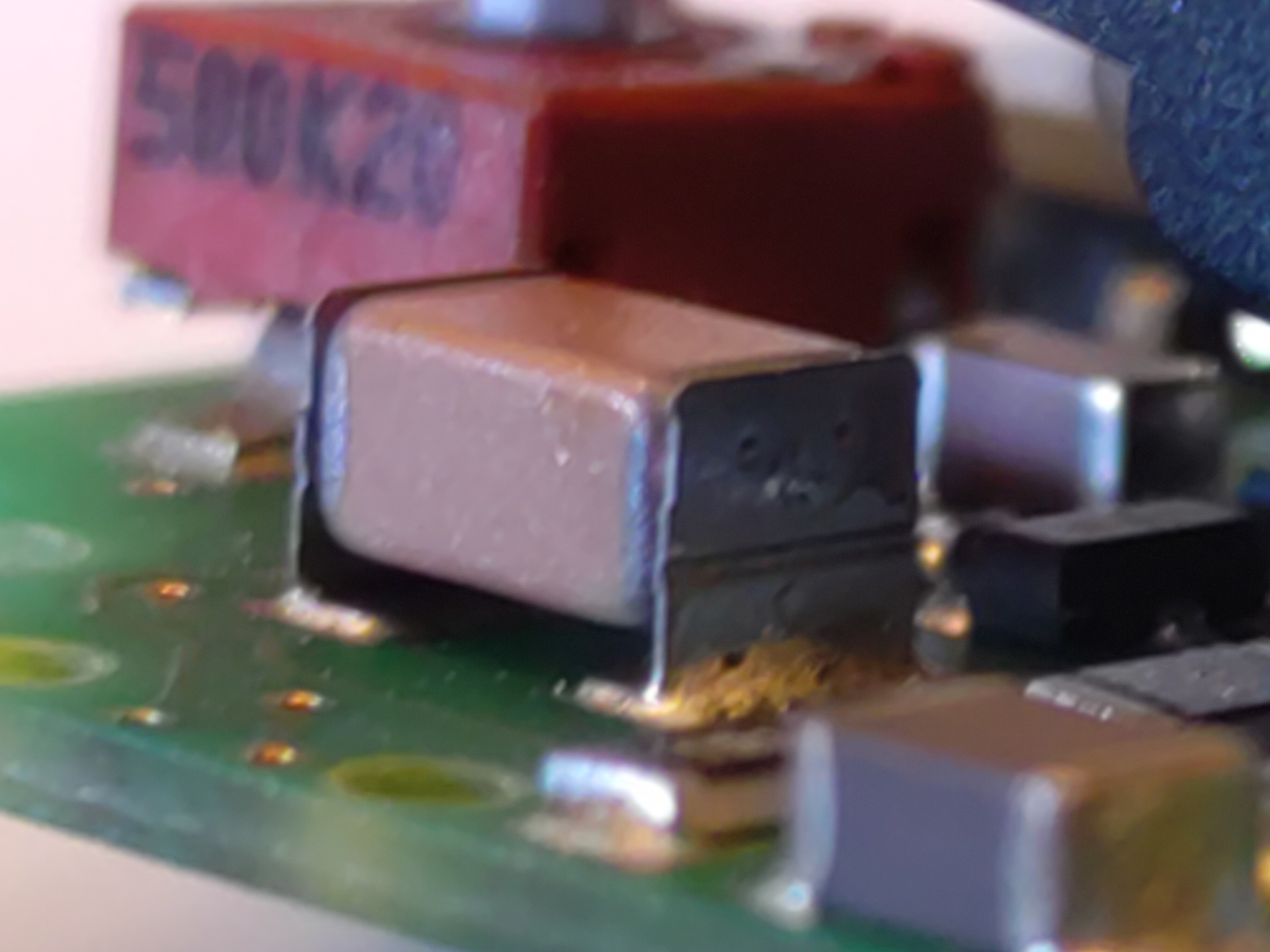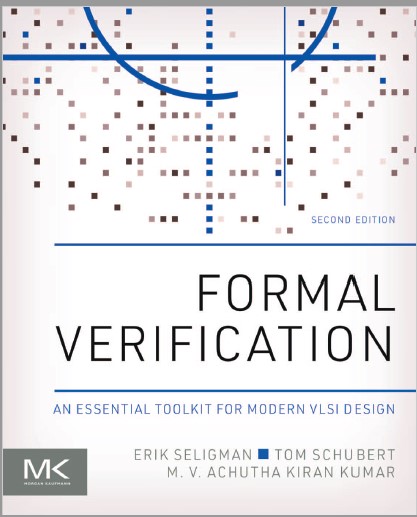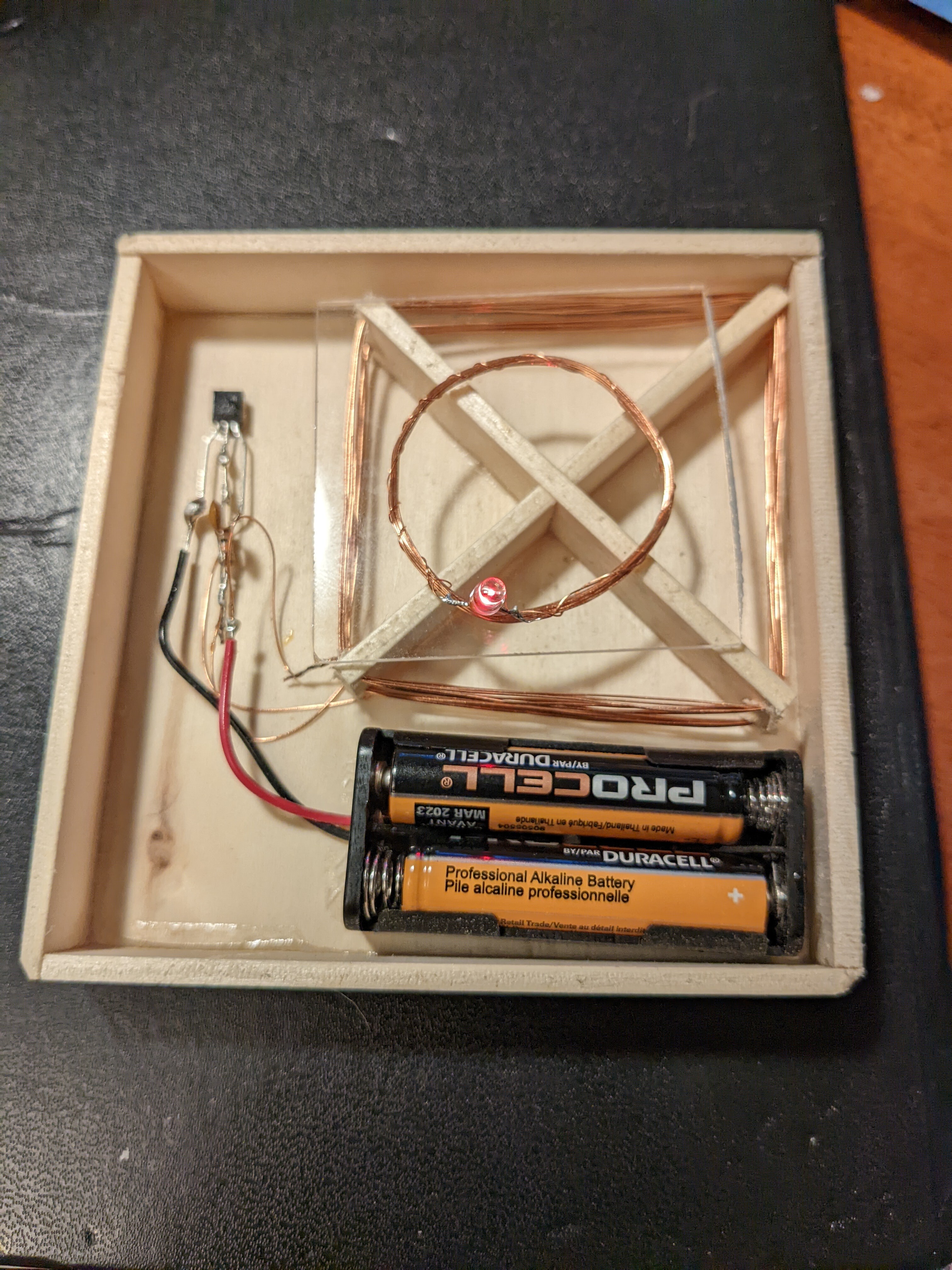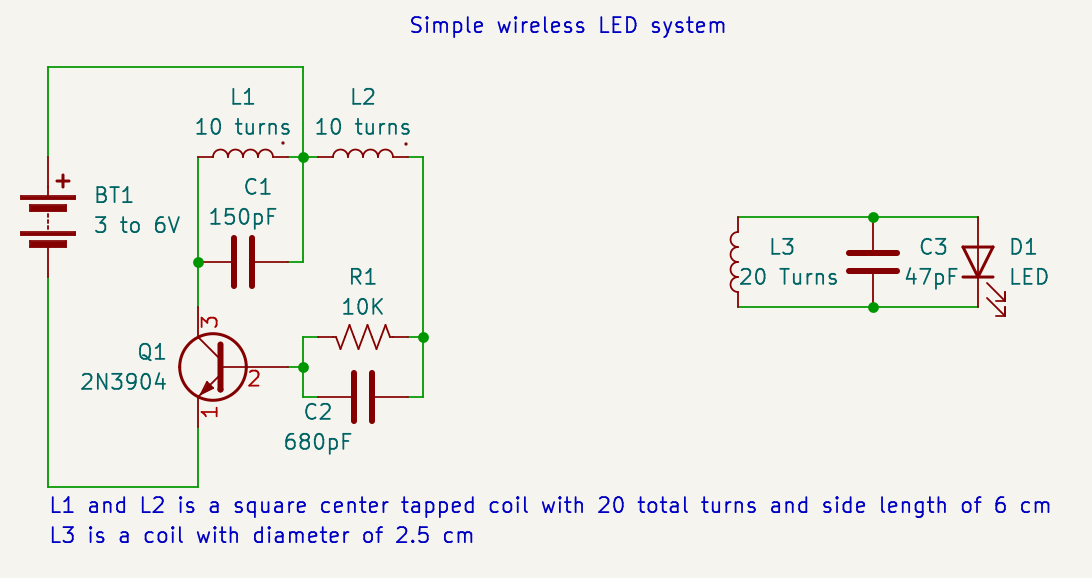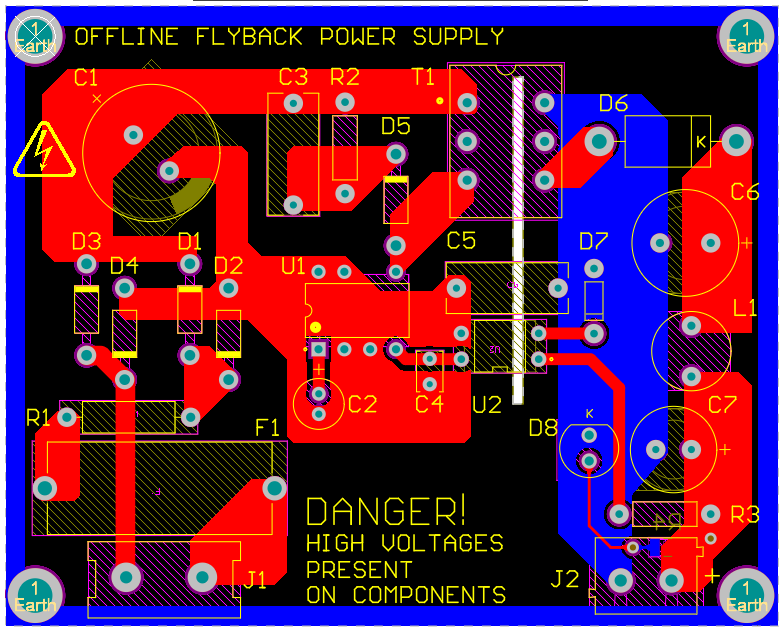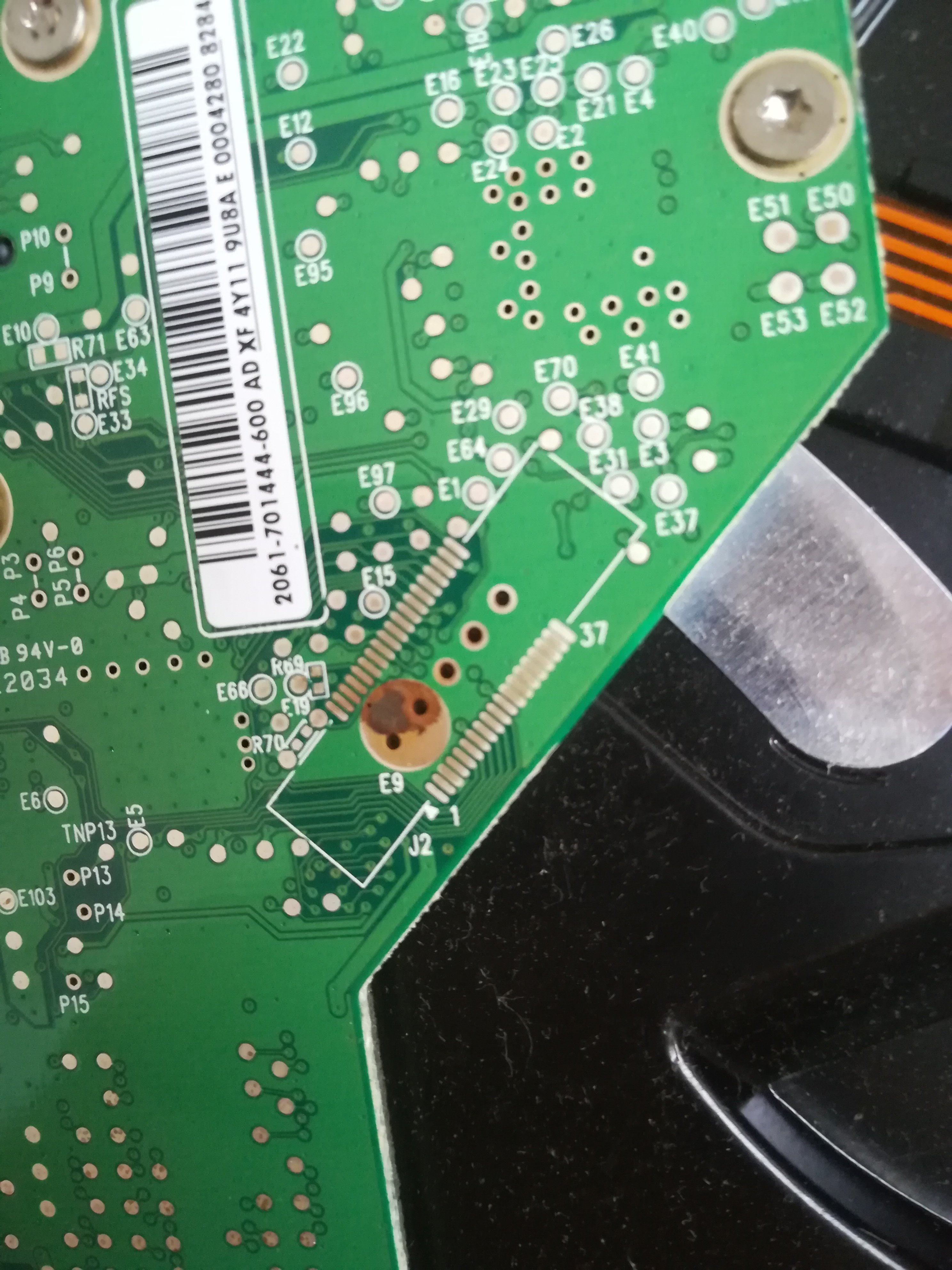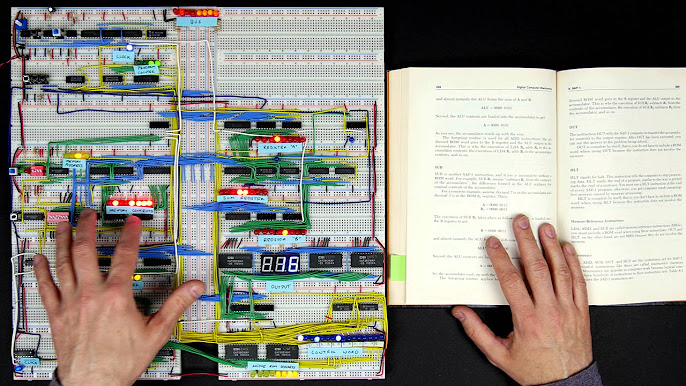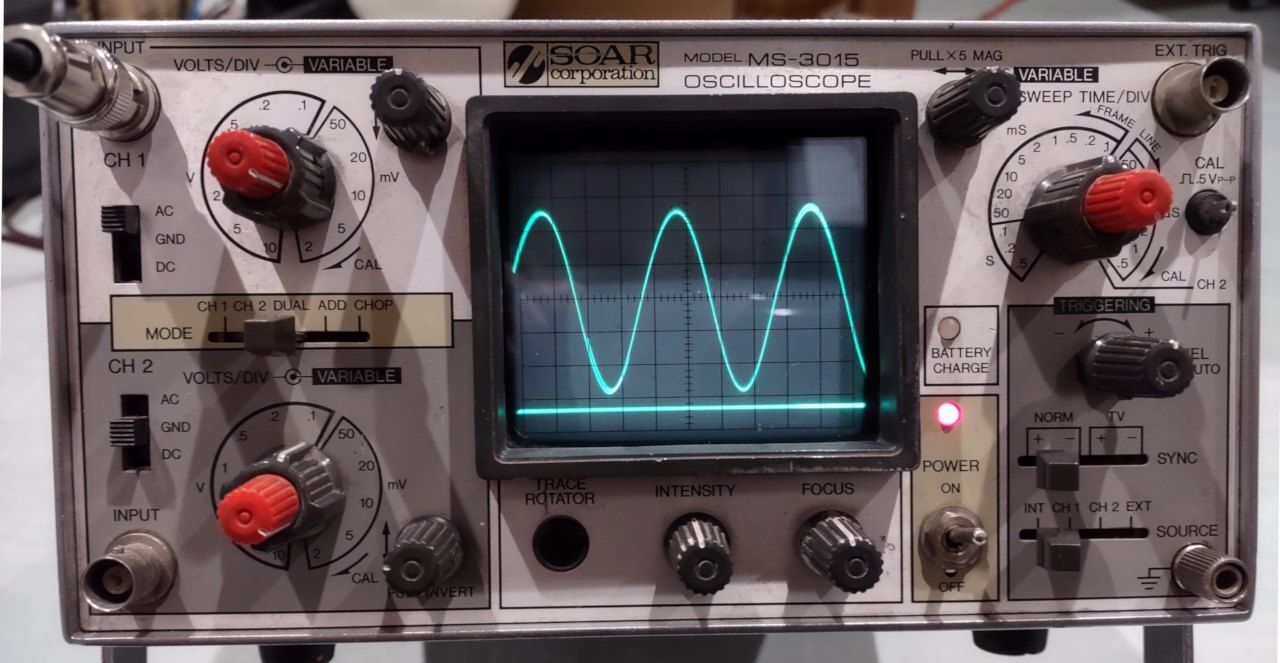cross-posted from: https://discuss.tchncs.de/post/3157319
Compared with traditional monolithic devices, the design and manufacturing process for chiplets is significantly different. The scrap costs associated with manufacturing traditional monolithic semiconductor devices is basically linear, including single chip cost, packaging, and assembly costs.
Manufacturing processes for 2.5D/3D designs differ significantly in terms of the accumulation of scrap costs. Specifically, these costs increase geometrically from fabrication to assembly driven by scrap costs for multiple dies, multi-chip partial assemblies, and/or full 2.5D/3D packages.
Shifting tests, either left or right, in the test process is a strategy to achieve these goals and minimize the overall manufacturing cost of 2.5D/3D components. Shift left is the ability to increase test coverage earlier in the manufacturing process (e.g., during wafer inspection and partial packaging) to maximize KGD, while reducing future packaging costs. Additional tests can also be added to the process to identify new failure types or failure modes.
However, the benefits of shift left need to be weighed. For example, increasing test intensity early in the manufacturing process can positively impact known good devices but it can also lead to an increase in test costs that is not sufficiently offset by the optimizations, even after accounting for the resulting reduction in scrap costs.
Shift right means increasing test coverage later in the manufacturing process, expanding the ability to detect defects, and maintaining quality levels with the goal of reducing costs with higher parallelism testing.
Typically, a test item with a higher yield on wafer or mission pattern tests, or a high yield test that requires a longer scan test time is an ideal candidate for shifting right. These tests can be moved to final or system level test, or flexibly managed in between.
The goal of shifting tests to the left or right is to achieve the optimal combination of quality and yield throughout the entire manufacturing process, ultimately optimizing the overall cost of quality.
